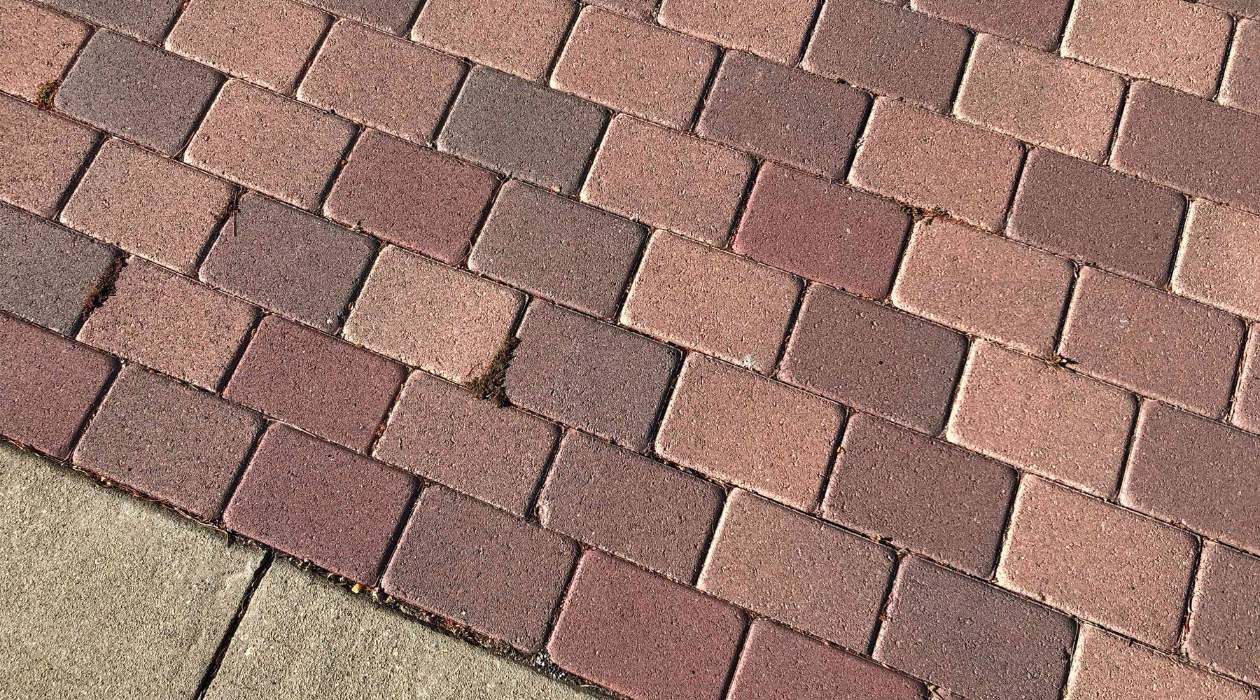

Articles
How To Lay Cobblestone Driveway
Modified: December 7, 2023
Learn the step-by-step process of laying a stunning cobblestone driveway with our comprehensive articles. Transform your home's entrance with ease.
(Many of the links in this article redirect to a specific reviewed product. Your purchase of these products through affiliate links helps to generate commission for Storables.com, at no extra cost. Learn more)
Introduction
When it comes to adding charm and character to your home’s exterior, a cobblestone driveway is hard to beat. Cobblestones have been used for centuries as a durable and aesthetically pleasing option for driveways and pathways. Their unique irregular shapes and rough textures create a timeless and rustic look that enhances the overall appeal of any property.
However, laying a cobblestone driveway requires careful planning, preparation, and execution. This article will guide you through the process of creating your own cobblestone driveway, from clearing and preparing the area to the final touches and maintenance.
Before diving into the project, it’s essential to consider the advantages and potential challenges of a cobblestone driveway. First and foremost, cobblestones are incredibly durable and can withstand heavy loads and harsh weather conditions. Their interlocking design provides stability, making them an ideal choice for driveways that will see frequent vehicle traffic.
Another significant advantage of cobblestone driveways is their aesthetic appeal. The varied colors and textures of cobblestones add a unique and charming touch to your property. They can instantly elevate the curb appeal and create a warm and inviting atmosphere.
However, it is crucial to acknowledge that laying a cobblestone driveway can be a labor-intensive and time-consuming project. The irregular shapes and sizes of cobblestones require precision and patience during installation. Additionally, proper maintenance is crucial to ensure the longevity and pristine appearance of the driveway.
Now that we have established the benefits and challenges, let’s dive into the step-by-step process of creating your cobblestone driveway. From planning and preparation to the finishing touches, this article will provide you with all the information you need to successfully complete this project and enjoy the timeless beauty of a cobblestone driveway.
Key Takeaways:
- Planning and preparation are crucial for laying a cobblestone driveway. Clear the area, obtain necessary permits, and gather tools and materials to ensure a successful and visually appealing installation.
- After laying the cobblestones, filling the gaps with jointing sand and implementing regular maintenance, such as cleaning, weed prevention, and repairs, will preserve the beauty and durability of the cobblestone driveway for years to come.
Read more: How To Lay Cobblestone Walkway
Planning and Preparation
Before embarking on any home improvement project, careful planning and preparation are key to a successful outcome. The same holds true for laying a cobblestone driveway. This phase involves assessing the area, taking measurements, obtaining the necessary permits (if required), and gathering the tools and materials needed for the project.
The first step is to evaluate the area where you intend to install the cobblestone driveway. Take note of any obstructions such as trees, bushes, or utility lines that may need to be removed or relocated. Consider the natural slope and drainage patterns of the area as well. Proper drainage is essential to prevent water from pooling on the driveway surface and causing damage.
Next, measure the dimensions of the driveway area. This will help determine the quantity of cobblestones needed and allow you to create an accurate layout plan. Keep in mind that cobblestones come in various shapes and sizes, so factor in a slight overage to account for irregularities and possible breakage during installation.
Depending on your local regulations, you may need to obtain permits for driveway construction. Check with your municipality or homeowners’ association to ensure compliance with any necessary regulations.
With the planning phase complete, it’s time to assemble the necessary tools and materials. Here’s a list of what you’ll typically need:
- Cobblestones – choose a type and color that complements the style of your home and desired aesthetic.
- Crushed stone or gravel – serves as a base material for the driveway.
- Geotextile fabric – helps to prevent weed growth and stabilize the base.
- Edge restraints – such as concrete curbs or metal paver edging, to keep the cobblestones in place.
- Mallet or hammer – for adjusting and setting the cobblestones.
- Level – to ensure a uniform surface during installation.
- Jointing sand – used to fill the gaps between cobblestones and provide stability.
By thoroughly planning and preparing for your cobblestone driveway project, you’ll set yourself up for success. With all the necessary tools and materials at hand, you can proceed to the next step: clearing and preparing the driveway area.
Materials and Tools Needed
Before starting any construction project, it’s essential to gather all the necessary materials and tools. Laying a cobblestone driveway is no exception. Here is a comprehensive list of the materials and tools you will need:
Materials:
- Cobblestones: The main material for your driveway. Choose cobblestones that are durable and have the desired color and texture.
- Crushed Stone or Gravel: This will serve as the base material for your driveway. It provides stability and allows for proper drainage.
- Geotextile Fabric: A woven material that prevents weed growth and stabilizes the base. It acts as a barrier between the subgrade and the crushed stone.
- Edge Restraints: These are necessary to keep the cobblestones in place and prevent shifting or movement. Options include concrete curbs, metal paver edging, or plastic or rubber borders.
- Mallet or Hammer: Used for adjusting and setting the cobblestones in place.
- Level: Used to ensure that the cobblestones are installed evenly and create a level surface.
- Jointing Sand: This special type of sand is used to fill the gaps between cobblestones. It stabilizes them and prevents weed growth.
Tools:
- Shovel: Used for digging and clearing the driveway area.
- Rake: Helps to level the crushed stone base.
- Wheelbarrow: Useful for transporting materials such as crushed stone or gravel.
- Tape Measure: Used for taking accurate measurements of the driveway area.
- String and Stakes: These are helpful for marking out the boundaries of the driveway and ensuring straight edges.
- Plate Compactor or Hand Tamper: Used to compact the crushed stone or gravel base, ensuring stability.
- Broom: Used for sweeping and cleaning the cobblestones during installation.
- Gloves and Safety Glasses: Essential safety gear to protect your hands and eyes during the construction process.
It’s important to ensure that you have all these materials and tools on hand before beginning your cobblestone driveway project. Having everything ready will save you time and minimize any unnecessary trips to the store.
With the appropriate materials and tools at your disposal, you’re now ready to move on to the next step: clearing and preparing the driveway area for the cobblestones.
Clearing and Preparing the Driveway Area
Before you can begin laying cobblestones for your driveway, it’s important to clear and prepare the area properly. This step involves removing any existing vegetation, debris, and old pavement, if applicable, to create a clean and level surface for the cobblestones.
Here’s a step-by-step guide on clearing and preparing the driveway area:
- Remove any vegetation: Begin by clearing the driveway area of any grass, weeds, or other vegetation. Use a shovel or a garden hoe to dig up the plants and roots. You can also consider using an herbicide to kill any remaining vegetation that may regrow later.
- Clear debris: Once the vegetation is removed, clear any debris, rocks, or branches from the driveway area. This ensures a clean and even surface.
- Demolish existing pavement (if necessary): If your driveway has an old pavement surface, such as asphalt or concrete, that needs to be removed, you’ll need to break it up using a jackhammer or a sledgehammer. Dispose of the broken pavement properly, or consider hiring a professional for the demolition process.
- Check the soil: Examine the soil to ensure it is suitable for the cobblestone base. If it is loose or sandy, you may need to add a layer of compactable soil or clay to improve stability. Conversely, if the soil is heavy clay or compacted, you may need to loosen it with a garden tiller or by adding sand or organic matter.
- Create a layout plan: With the area cleared and the soil prepared, create a layout plan for your cobblestone driveway. Mark the boundaries of the driveway using string lines and stakes. This will give you a guideline to follow during the installation process.
- Excavate the driveway area: Use a shovel or a backhoe to excavate the driveway area to the desired depth. The depth will depend on the thickness of the crushed stone base and the cobblestones themselves. Generally, a depth of 6-8 inches is sufficient for a stable driveway base.
- Compact the subgrade: Once the area is excavated, use a plate compactor or a hand tamper to compact the subgrade. This will ensure a firm and stable foundation for the base material.
By thoroughly clearing and preparing the driveway area, you’ll create a solid foundation for your cobblestone driveway. This step helps to minimize any potential issues and ensures a smooth installation process. With the area cleared and the subgrade compacted, you can now move on to creating a base for the cobblestones.
Creating a Base for the Cobblestones
The base of your cobblestone driveway is a crucial component that provides stability and proper drainage. It acts as a foundation for the cobblestones and helps prevent shifting or sinking. Creating a solid and well-prepared base will ensure the longevity and durability of your driveway. Here’s a step-by-step guide on how to create a base for the cobblestones:
- Install geotextile fabric: Begin by laying down a layer of geotextile fabric over the excavated driveway area. This fabric will prevent weed growth and help stabilize the base. Simply roll it out and cut it to size, ensuring it covers the entire area.
- Add crushed stone or gravel: Next, add a layer of crushed stone or gravel to the driveway area. This layer serves as the base material and provides stability. Use a rake to spread the crushed stone or gravel evenly, ensuring a uniform thickness of about 4-6 inches.
- Compact the base: Once the crushed stone or gravel is in place, use a plate compactor or a hand tamper to compact the base material. This step is crucial to achieving a solid and stable foundation for the cobblestones. Compact the base in multiple passes, making sure to cover the entire area.
- Check for proper drainage: After compacting the base, check the slope and ensure proper drainage. The driveway should have a slight slope away from any structures to allow water to flow away easily. Use a level or a measuring tool to check the slope and make any necessary adjustments.
- Inspect for evenness: Once the base is compacted and the slope is correct, inspect the surface for evenness. Use a level or a straightedge to check for any low or high areas. Make adjustments by adding or removing crushed stone or gravel as needed to achieve a level surface.
- Final compaction: Lastly, perform a final compaction of the base to ensure maximum stability. Go over the entire area with the plate compactor or hand tamper, focusing on any areas that may need extra attention. This will ensure a solid foundation for the cobblestones.
By following these steps, you’ll create a sturdy and well-prepared base for your cobblestone driveway. A properly compacted base will prevent settling and ensure the longevity and durability of your driveway. With the base in place and ready, you can move on to the exciting part: laying the cobblestones.
When laying a cobblestone driveway, make sure to properly prepare the base by excavating and compacting the soil, adding a layer of gravel, and using a sand setting bed to ensure a stable and level surface for the cobblestones.
Read more: How To Lay A Cobblestone Patio
Laying the Cobblestones
The process of laying the cobblestones is where your driveway starts to take shape and come to life. This step requires precision and patience to ensure that the cobblestones are properly placed and interlocked. Here’s a step-by-step guide on how to lay the cobblestones for your driveway:
- Start from one end: Begin laying the cobblestones from one end of the driveway, following your layout plan. This typically starts at the entrance and works towards the back or vice versa. It’s essential to maintain a consistent pattern and spacing between the cobblestones.
- Adjust and level: As you lay each cobblestone, use a mallet or a hammer to adjust and level them. Gently tap on the cobblestones to align them properly and ensure a uniform height. Take your time to achieve a smooth and even surface.
- Create a tight fit: Place the cobblestones as close together as possible, aiming for a tight fit. This will help prevent shifting and maintain the integrity of the driveway. Use a mallet or a hammer to tap the cobblestones snugly into place.
- Check for level: Periodically use a level to check the alignment and levelness of the cobblestones. This will help you identify any areas that may need adjustment and ensure a professional-looking finished product.
- Follow the pattern: Continue laying the cobblestones according to your chosen pattern, whether it’s a traditional herringbone, basketweave, or a custom design. Maintain consistent spacing and adjust the layout plan as needed for any curved or irregular areas.
- Cut the cobblestones (if necessary): In some cases, you may need to cut cobblestones to fit smaller spaces or to create clean edges. Use a wet saw with a diamond blade to make precise cuts, following the necessary safety precautions.
- Work in sections: To ensure efficiency and maintain a consistent pattern, work in sections of manageable size. This will allow you to focus on each area and ensure proper alignment and interlocking.
It’s important to take your time during the installation process to ensure that the cobblestones are correctly placed and interlocked. This will result in a cohesive and visually appealing driveway. Remember to periodically step back and assess the overall appearance to make any necessary adjustments.
As you progress, it’s common to encounter gaps between the cobblestones. These gaps will be filled later, so don’t worry about them at this stage. Keep focused on laying the cobblestones and achieving a beautiful and durable finished product.
Once all the cobblestones are laid and properly aligned, you can proceed to the next step: filling the gaps between them.
Filling the Gaps
After the cobblestones are laid in your driveway, it’s time to fill the gaps between them. Filling the gaps not only enhances the overall stability of the driveway but also adds to its visual appeal. Here’s a step-by-step guide on how to fill the gaps between the cobblestones:
- Prepare jointing sand: Start by selecting the appropriate jointing sand for your project. This sand is specifically formulated for filling gaps between pavers and provides stability and flexibility.
- Clean the surface: Before applying the jointing sand, ensure that the cobblestone surface is clean and free of debris. Use a broom or a brush to sweep away any loose particles.
- Fill the gaps: Pour the jointing sand onto the cobblestone surface, focusing on the gaps between the stones. Use a broom or a trowel to sweep and push the sand into the gaps, ensuring that they are completely filled.
- Compact the sand: Once the gaps are filled, use a plate compactor or a rubber mallet to gently compact the jointing sand. This will help settle it and ensure a secure bond between the cobblestones.
- Repeat the process: As you compact the sand, you may notice some settling. Add more sand to the gaps and repeat the compaction process until the gaps are fully filled and the sand is at the desired level.
- Remove excess sand: After completing the filling process, use a broom or a brush to sweep off any excess sand from the surface of the cobblestones. This will create a clean and finished appearance.
- Activate the jointing sand: To enhance the stability of the jointing sand, lightly mist water over the entire cobblestone surface. This will activate the sand and initiate the binding process.
It’s important to note that the jointing sand may settle over time, especially during the initial weeks after installation. Monitor the gaps regularly and add more sand as needed to maintain a stable and cohesive surface.
Once the gaps are filled and the jointing sand is activated, it’s time to move on to the finishing touches and maintenance of your cobblestone driveway.
Finishing Touches and Maintenance
Now that your cobblestone driveway is installed, there are a few final touches and ongoing maintenance tasks to consider. These steps will help preserve the beauty and durability of your driveway for years to come:
Seal the cobblestones: Consider applying a sealer to your cobblestone driveway. A good-quality sealer can provide protection against stains, oil spills, and weathering. Follow the manufacturer’s instructions for application, and ensure the cobblestones are clean and dry before sealing.
Regular cleaning: Keep your cobblestone driveway clean by regularly sweeping away debris, leaves, and dirt. You can also use a pressure washer or a hose with a high-pressure nozzle to remove stubborn stains or grime. Avoid using harsh chemicals or abrasive cleaners that could damage the stones.
Weed prevention: To prevent weeds from growing between the cobblestones, periodically inspect the driveway and remove any weeds that may appear. Additionally, consider applying a weed inhibitor or using a polymeric sand between the cobblestones, which helps prevent weed growth and provides additional stability.
Repair and maintenance: Inspect your cobblestone driveway regularly for any signs of damage, such as loose or cracked stones. If you notice any issues, promptly repair or replace the affected cobblestones to maintain the integrity of the driveway. It’s also a good idea to keep extra cobblestones on hand for any future replacements.
Consider additional features: Enhance the aesthetic appeal of your cobblestone driveway by adding additional features such as landscape lighting, decorative edging, or planters along the borders. These elements can complement the charm of the cobblestones and further elevate the overall look of your property.
Regular maintenance: Finally, regular maintenance is essential to ensure the longevity and durability of your cobblestone driveway. Stay vigilant in monitoring for any issues, and address them promptly. By regularly inspecting, cleaning, and maintaining the driveway, you’ll preserve its beauty and functionality for years to come.
By following these finishing touches and incorporating regular maintenance into your routine, your cobblestone driveway will continue to be a remarkable feature of your home for many years. Enjoy the timeless beauty and distinctive appeal that cobblestones bring to your property!
Conclusion
Congratulations on successfully completing your cobblestone driveway! By following the steps outlined in this article, you have created a beautiful and durable addition to your home’s exterior. The charm and character of cobblestones will instantly enhance the curb appeal of your property and create a welcoming entrance.
Throughout the process, you learned the importance of proper planning and preparation, including assessing the area, obtaining permits if necessary, and gathering the materials and tools needed. Clearing and preparing the driveway area ensured a solid foundation for the cobblestones, while creating a well-compacted base ensured stability and proper drainage.
The process of laying the cobblestones required precision and patience, ensuring they were properly placed and interlocked. Filling the gaps between the cobblestones completed the installation, providing stability and a finished appearance.
With the driveway installed, the finishing touches and maintenance tasks will help preserve its beauty and ensure its longevity. Regular cleaning, weed prevention, and prompt repairs will keep your cobblestone driveway looking pristine for years to come. Consider sealing the cobblestones for added protection and to enhance their natural beauty.
Remember, your cobblestone driveway is a long-term investment in your property. With proper care and maintenance, it will continue to be a striking feature that adds value and curb appeal to your home.
Thank you for embarking on this cobblestone driveway journey with us. Enjoy the timeless beauty and the unique character it brings to your home.
Frequently Asked Questions about How To Lay Cobblestone Driveway
Was this page helpful?
At Storables.com, we guarantee accurate and reliable information. Our content, validated by Expert Board Contributors, is crafted following stringent Editorial Policies. We're committed to providing you with well-researched, expert-backed insights for all your informational needs.
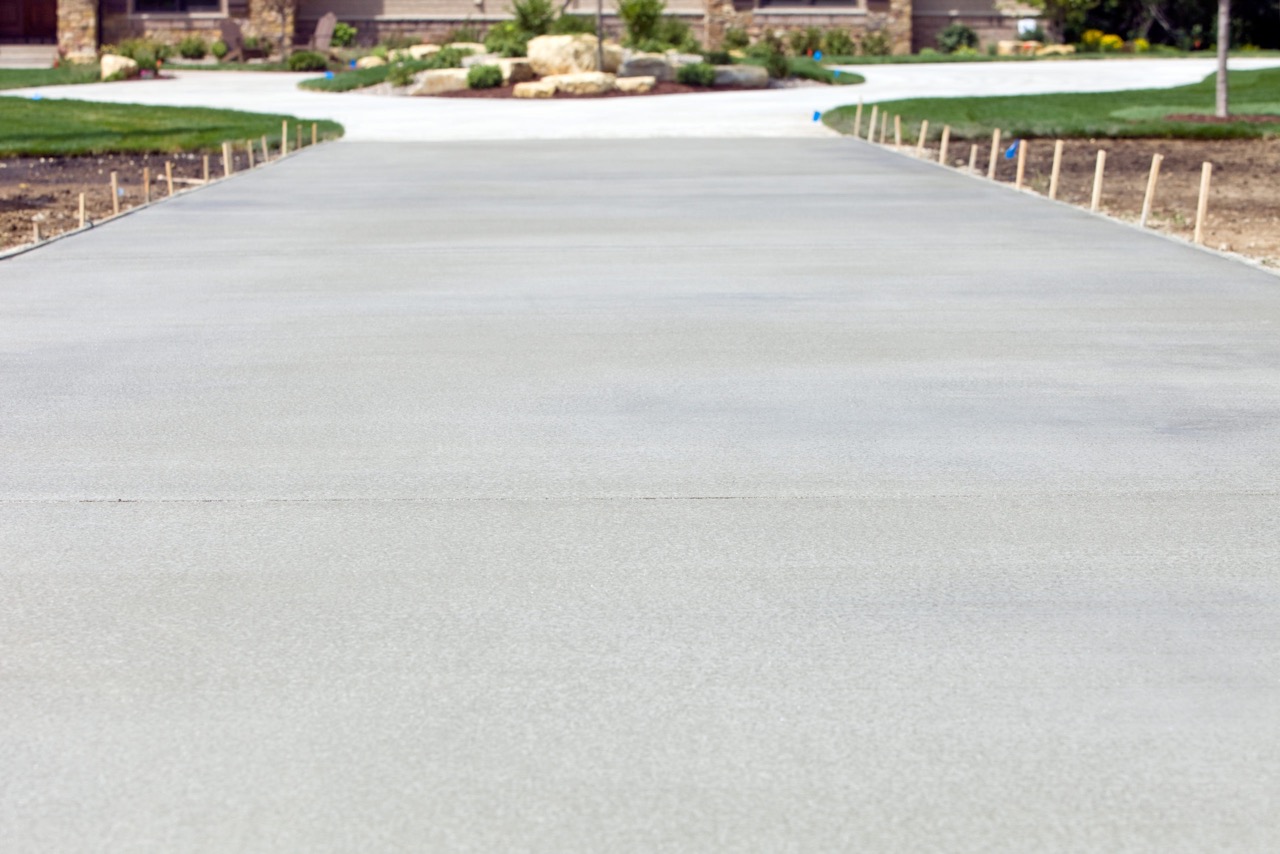
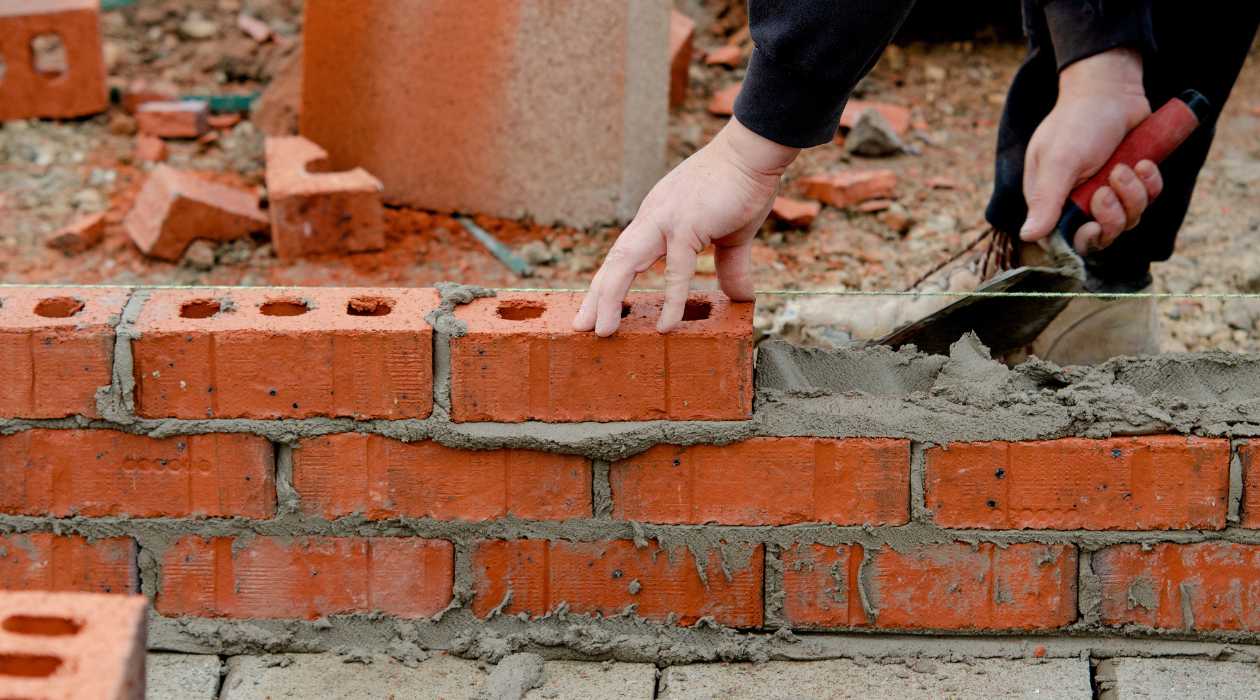
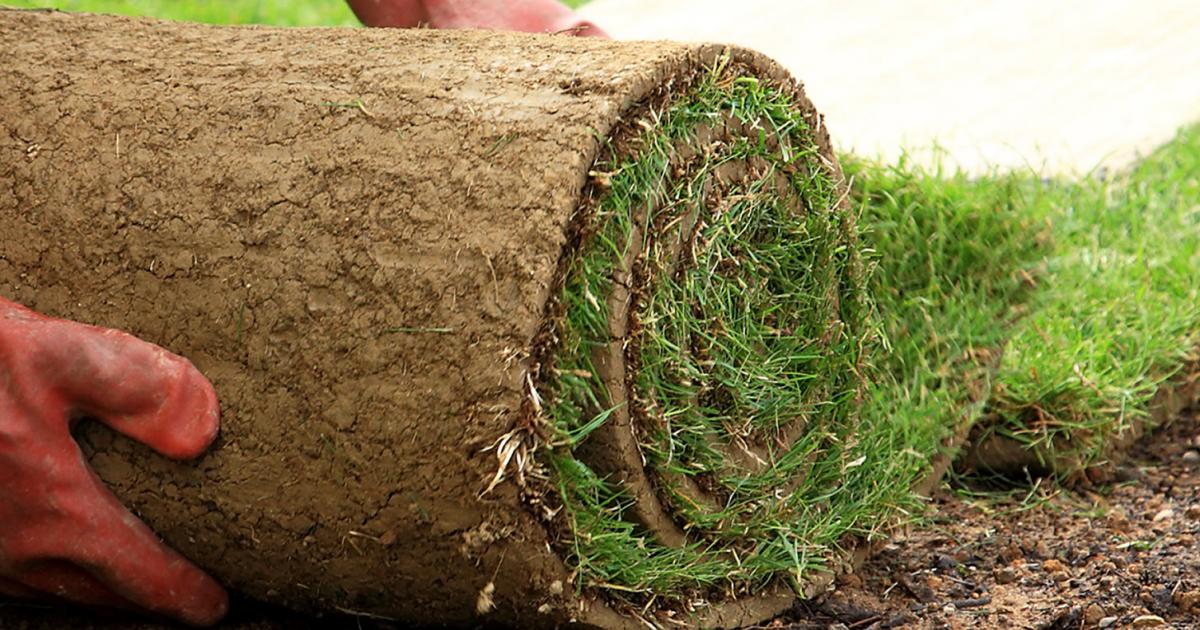
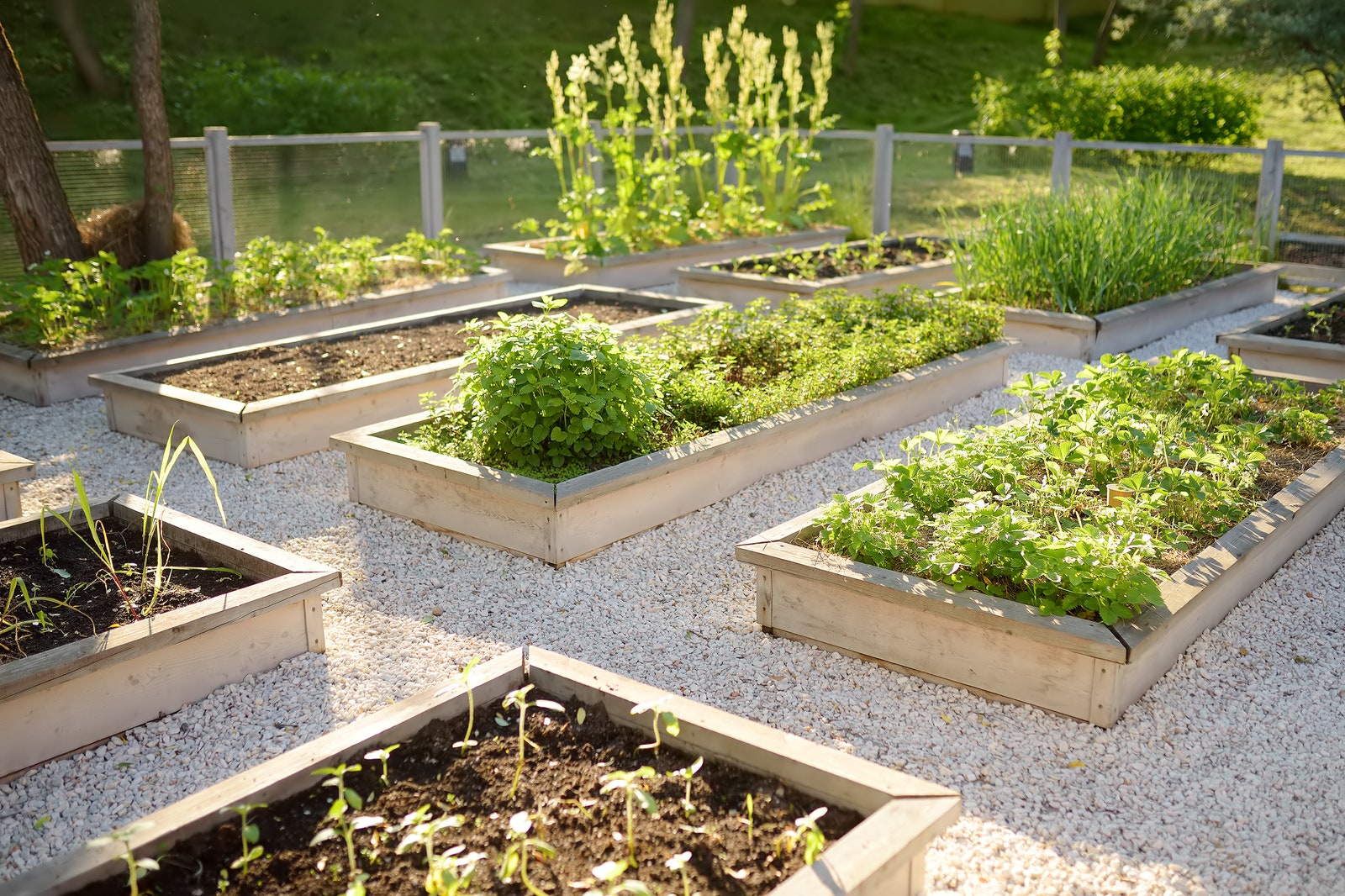
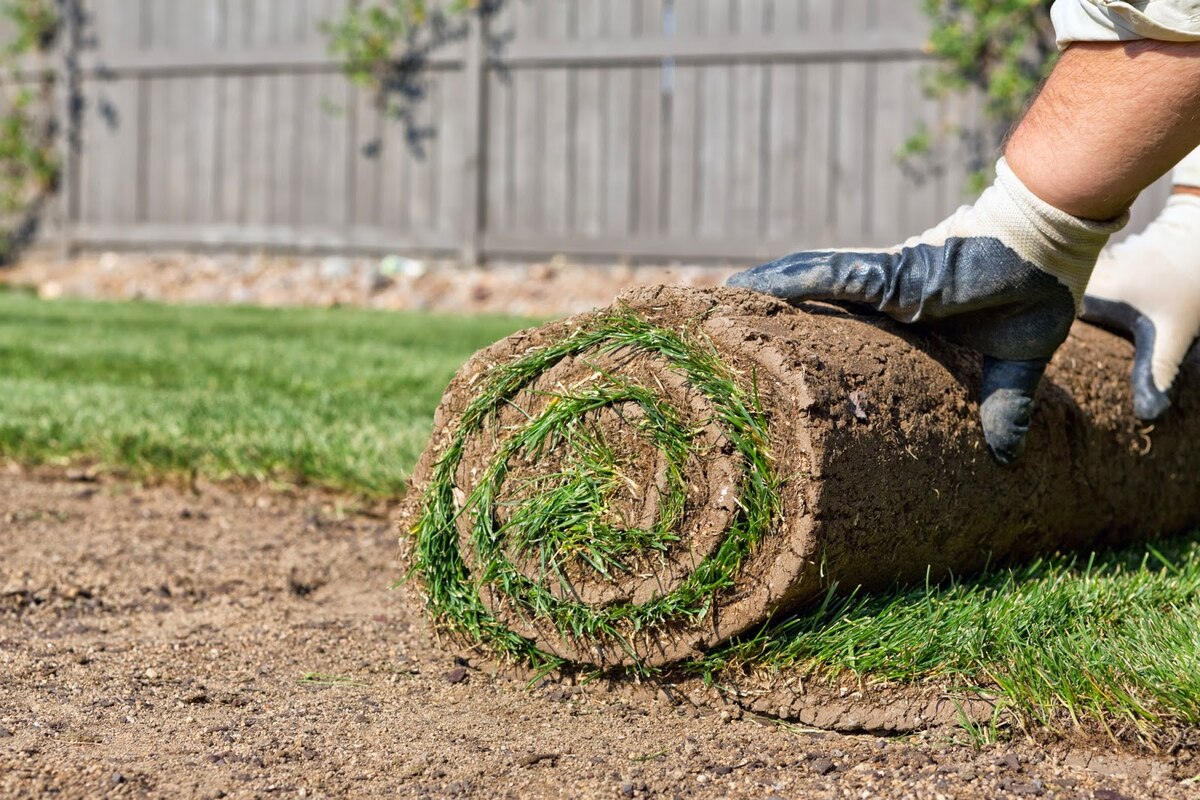
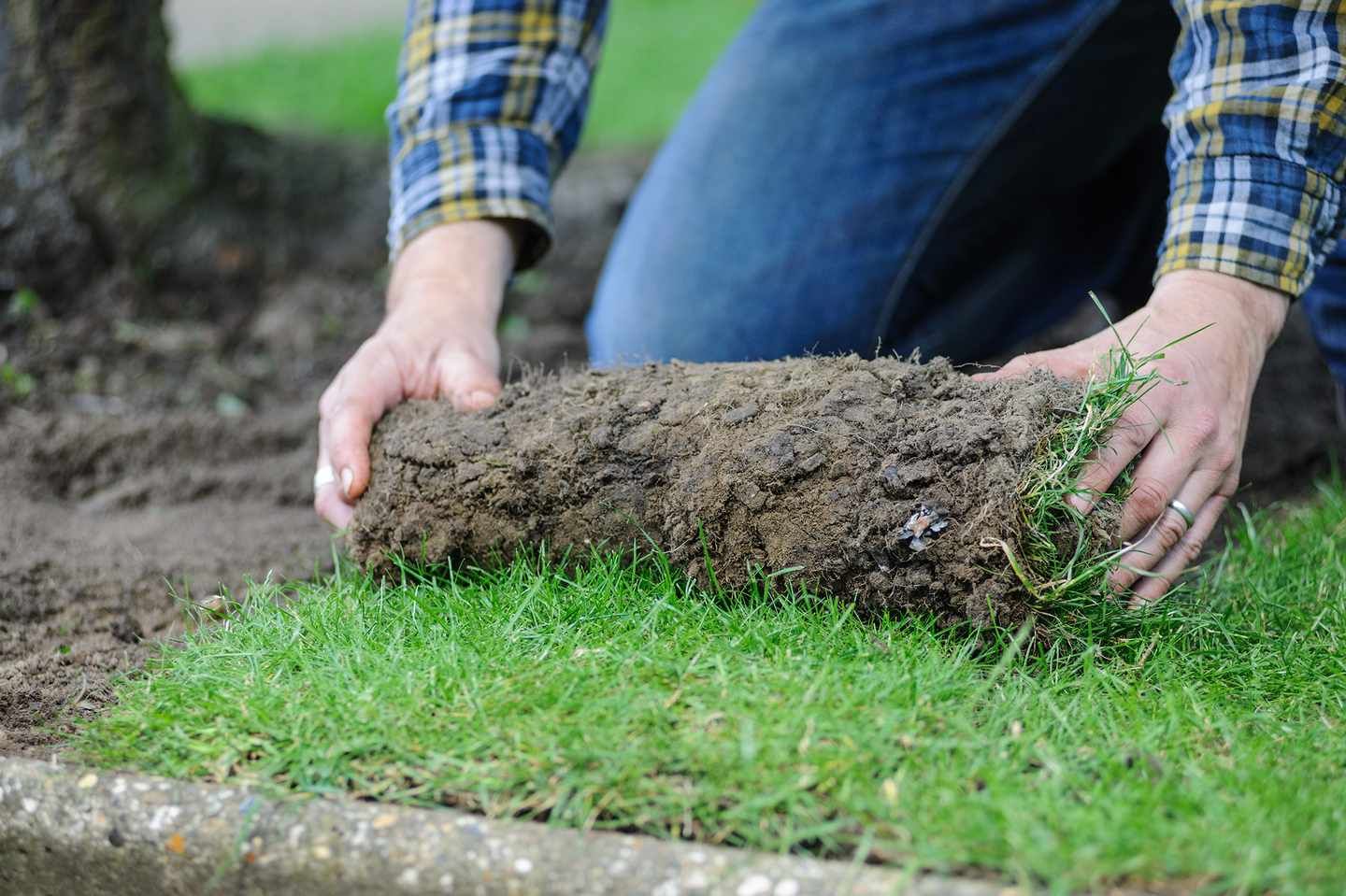
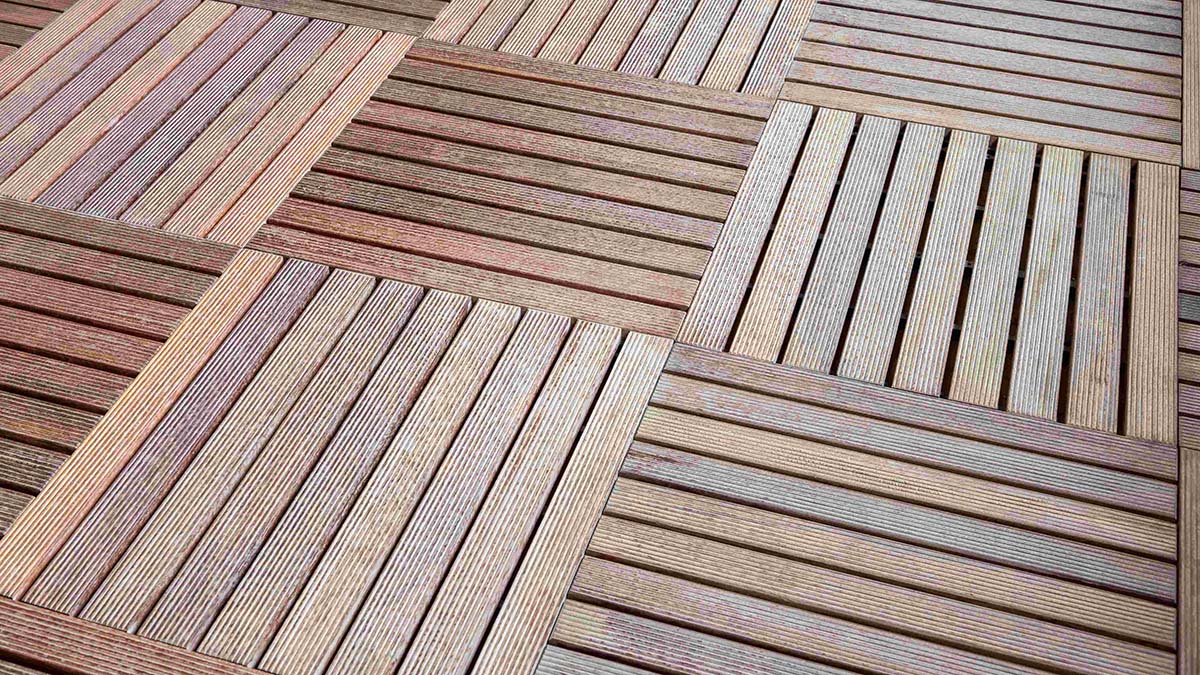
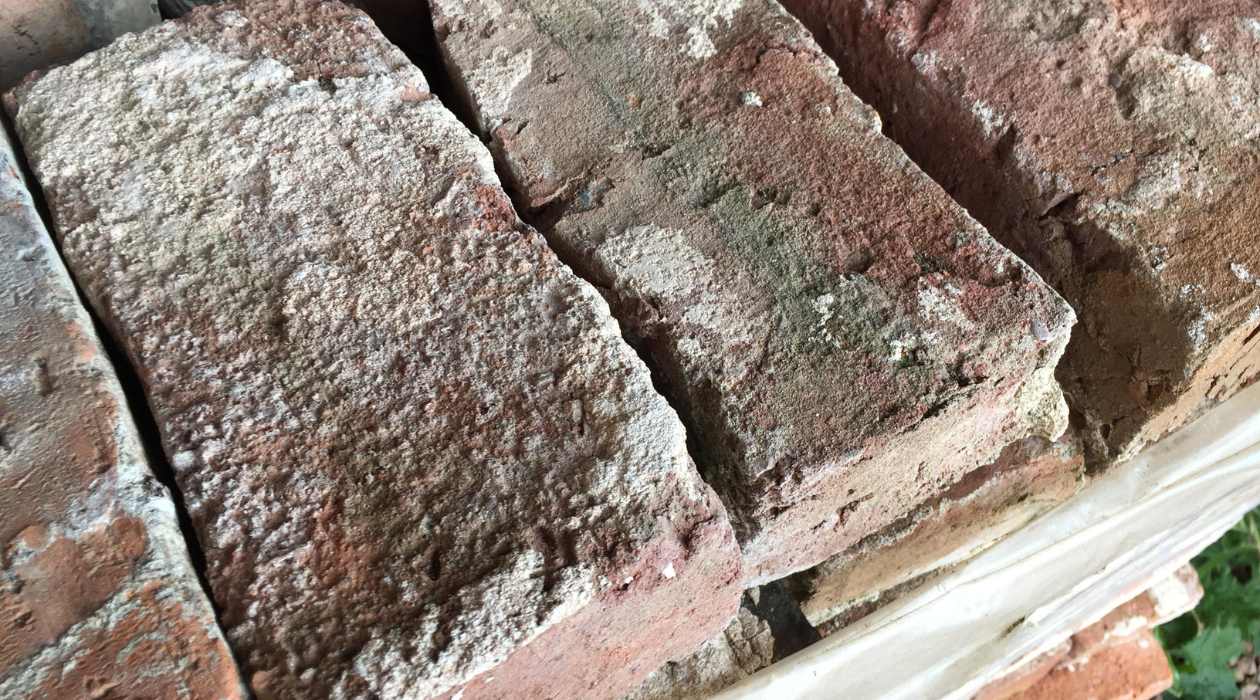
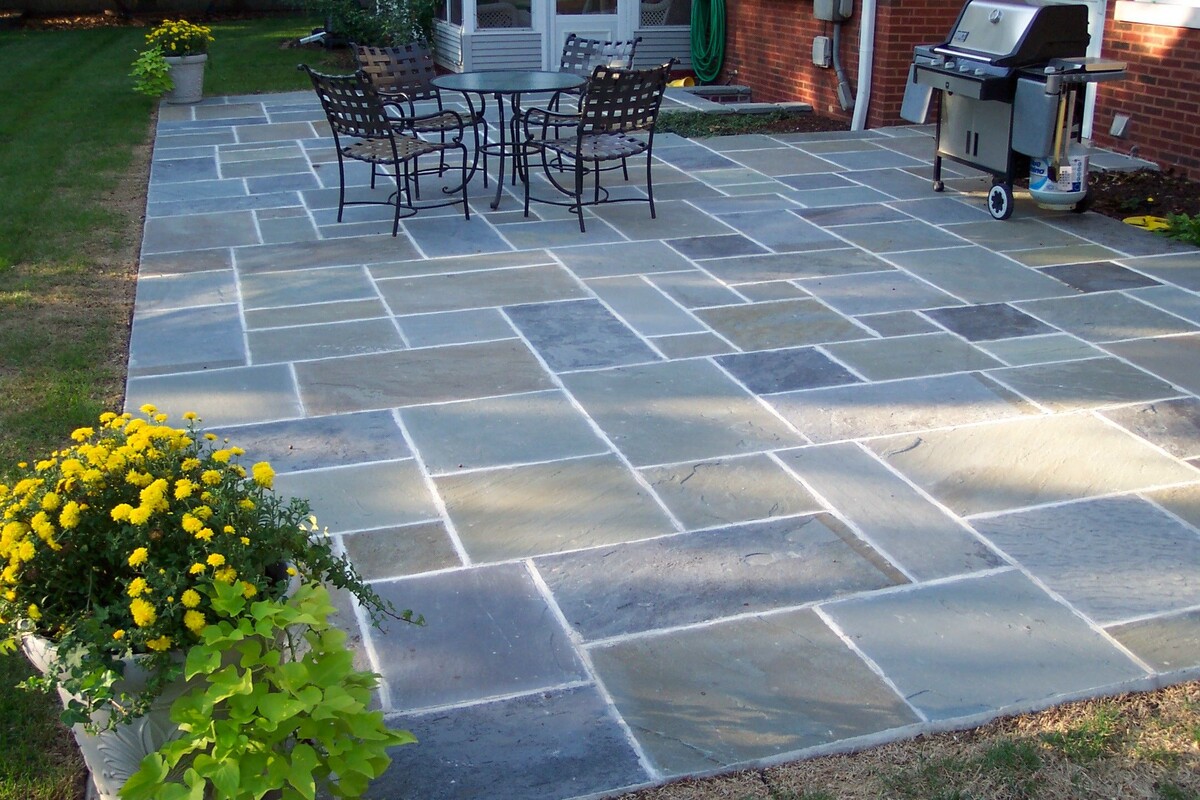
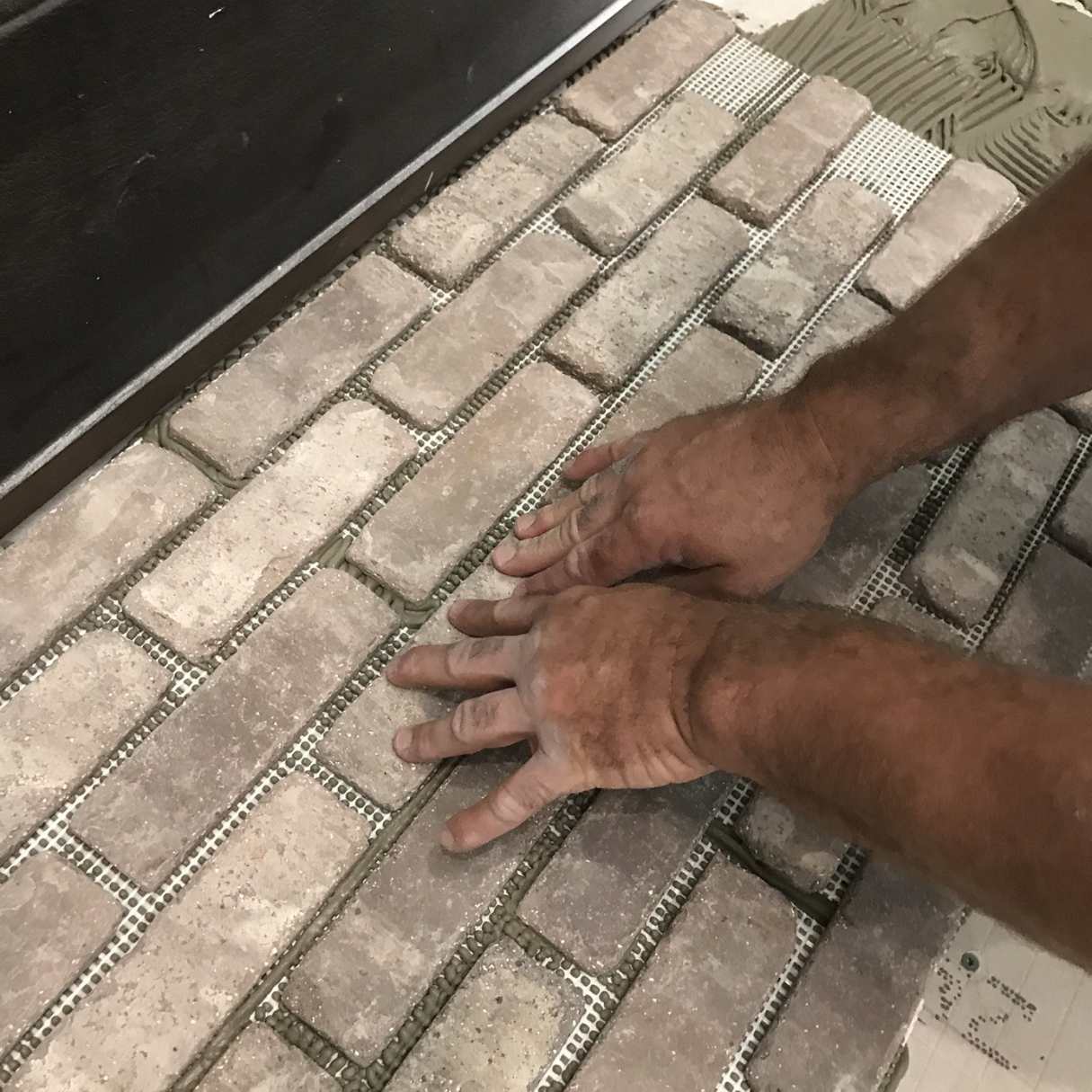

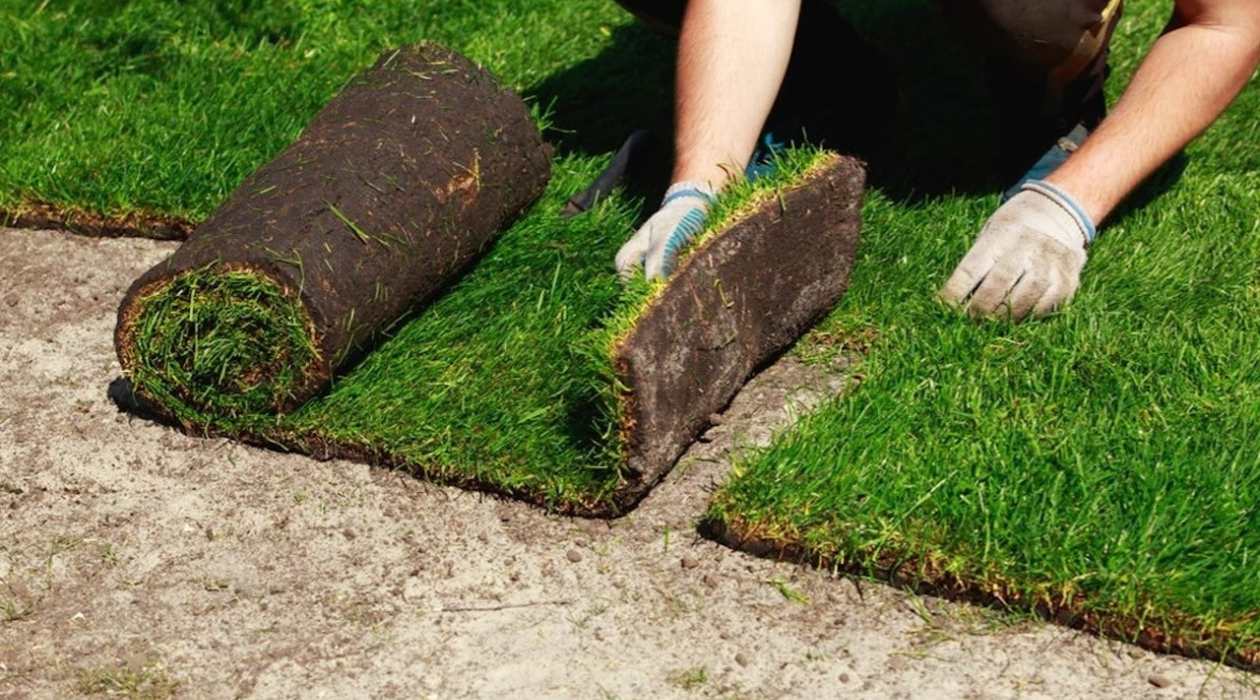

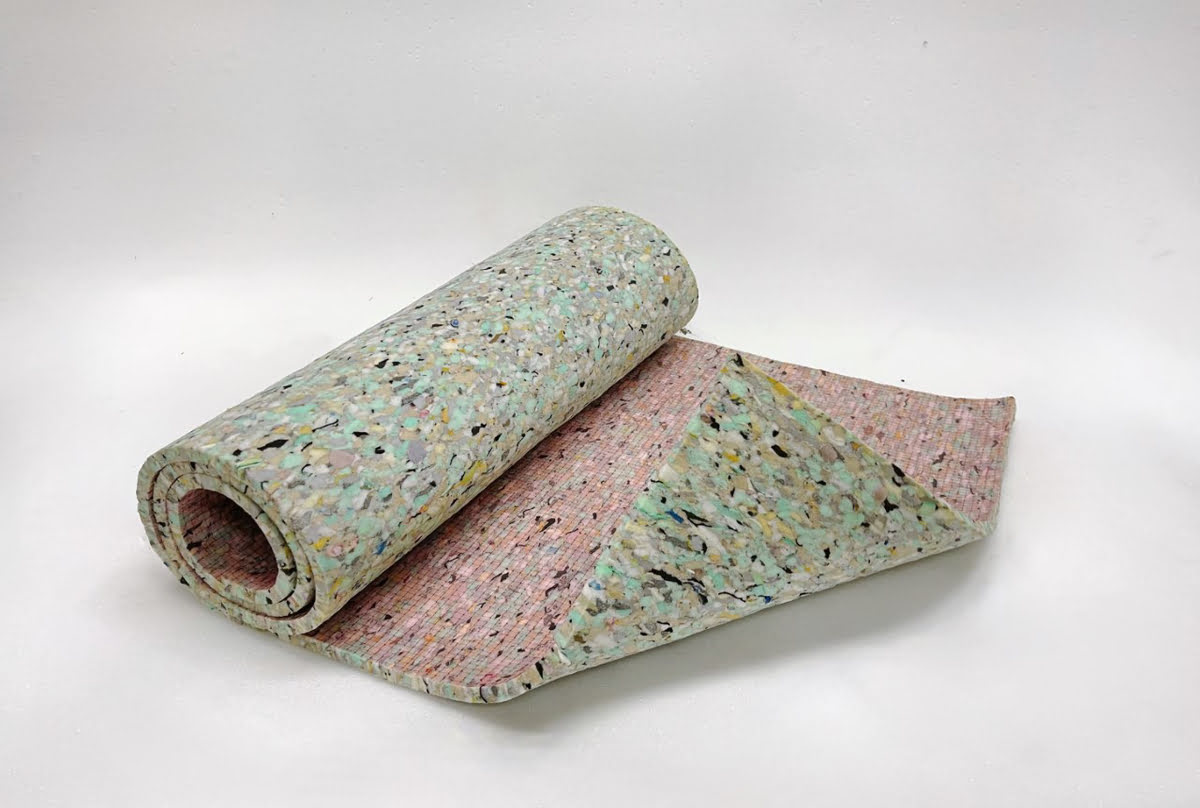

0 thoughts on “How To Lay Cobblestone Driveway”